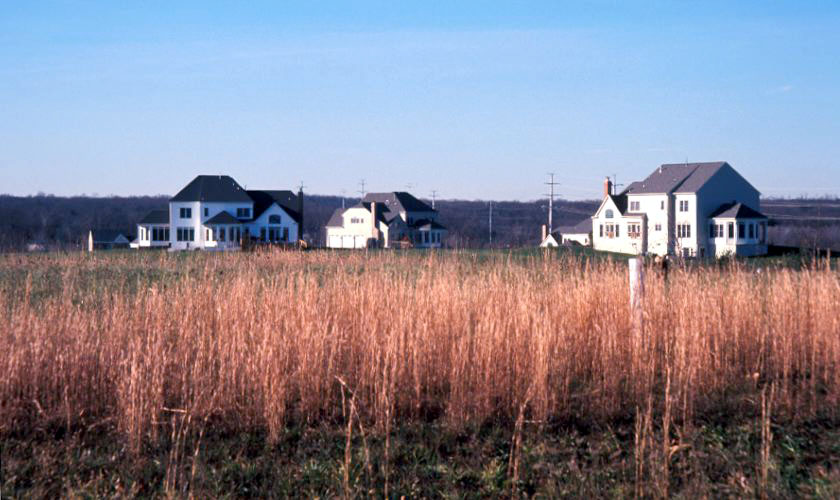spatial proximity


Most critiques of sprawl share the presupposition that spatial proximity remains our most basic mode of connection. But the spatial form of sprawl is not equivalent to its place form. To condemn sprawl as isolated items thrown about the landscape criticizes its architecture but misses the structure of the place. Its spatial surface hides a deeper form found in the linkage and the overlay of grammars and networks of communication and transportation. Sprawl is hypertextual*: it would be futile to criticize the Web as a bunch of computer files strewn about on different systems, and miss the linkage that makes the Web what it is. The perception of sprawl demands a sensitivity to contours and links that are more than spatial. It also demands that we free ourselves from the belief that the centralized city provides the only model for habitable places.
Index
what are cities for now?
Sprawl outline
(c) David Kolb, 1 August 2001